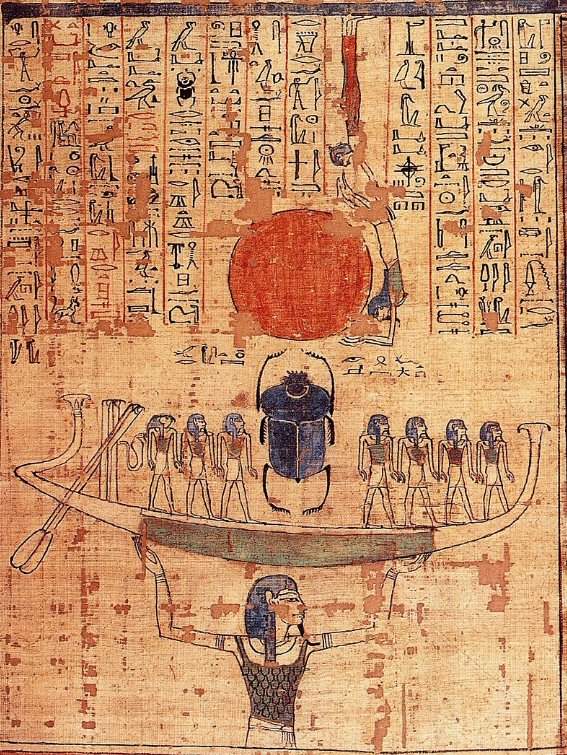
17 Andreas Pries, Die Stundenwachen im Osiriskult: Eine Studie zur Tradition und späten Rezeption von (.)Ĥ Other examples include Osiris, who can be a celestial deity from the Pyramid Texts onwards, where he is identified with the constellation Orion, 14 yet he is also the source of legitimate kingship for the king as Horus and is primarily associated with rule over the afterlife and thus with death and the subterranean realm.16 Hymn to Osiris, enumerating cult centres, roles, and manifestations including Orion, bringer of veg (.).Perspectives on the Osirian Afterlife from (.) 15 For summaries of theories: Mark Smith, Following Osiris.14 See Rolf Krauss, Astronomische Konzepte und Jenseitsvorstellungen in den Pyramidentexten, Wiesbaden (.).In sum, we see no need to depart from a traditional definition of myth as a narrative that is mostly set outside the present world and relates to the world of the gods.


12 They do not in themselves point to an absence of narrative in the culture. The dearth of written narratives from Egypt and their slow growth as a genre probably have much to do with the greater prestige of pictorial images over writing, especially in early periods, and with the restricted range of uses of writing at least until the Middle Kingdom. Thus, while mytheme and myth may occur independently, they can hardly have existed independently, and in considering functions of myth we do not distinguish between these two formats unless necessary in a specific case. Research based on findings in cognitive sciences, which show that the human brain can only comprehend and use snippets of information when it connects them in narrative, 11 suggests that an individual mytheme may only have meaning when underlain by an appropriate narrative. 6), existed independently of a coherent storyline.
12 See already John Baines, “Egyptian Myth and Discourse: myth, gods, and the early written and iconog (.)Ģ A combination of mythemes may make a myth, but scholars have long discussed whether the attestation of mythemes independent of a narrative context permits one to infer the pre-existence of such a mythical narrative from which these mythemes would have derived, or whether the mythical actors and their “constellations”, as Jan Assmann, the chief proponent of this view, long argued (see n. 10 We use “mythemes” for such “snippets” of myths. 7 In other disciplines, their equivalents may be named functions, 8 motifemes, 9 or narremes. 2 Such constitutive elements of myths have been termed mythemes, 3 mythologemes, 4 mythical allusions or statements, 5 mythical constellations, 6 or icons. In this context it is essential to clarify the distinction between fully-developed, coherent, and normally narrative forms of myths and their building blocks: the mythical actors, objects, and locations, which may stand in varying relationships with one another. An introduction to narrative structures, (.)ġ In a group of essays such as this, which seeks to answer the question of what an Egyptian myth “is”, one may perhaps start by saying a few words on terminology and establishing parameters, with a view to defining a framework for the wide range of the other contributions. 10 Eugene Dorfman, The Narreme in the Medieval Romance Epic. , Structure and History in Greek Mythology (.) 8 Vladimir Propp, Morphology of the Folktale 2 (trans. Bild, Spiel, Erzählung, und das Problem des ägyptischen Mytho (.) 7 Jan Assmann, “Die Zeugung des Sohnes. 6 Jan Assmann, “Die Verborgenheit des Mythos in Ägypten”, Göttinger Miszellen 25, 1977, p. 7‑43, and (.). 5 Siegfried Schott, Mythe und Mythenbildung im alten Ägypten, Leipzig, J. 4 Heike Sternberg el-Hotabi, Mythische Motive und Mythenbildung in den ägyptischen Tempeln der griech (.). 3 The current term, deriving from the structuralism of Claude Lévi-Strauss, who defined them as “gros (.). 
2 Katja Goebs, “A Functional Approach to Egyptian Myth and Mythemes”, Journal of Near Eastern Religio (.).







 0 kommentar(er)
0 kommentar(er)
